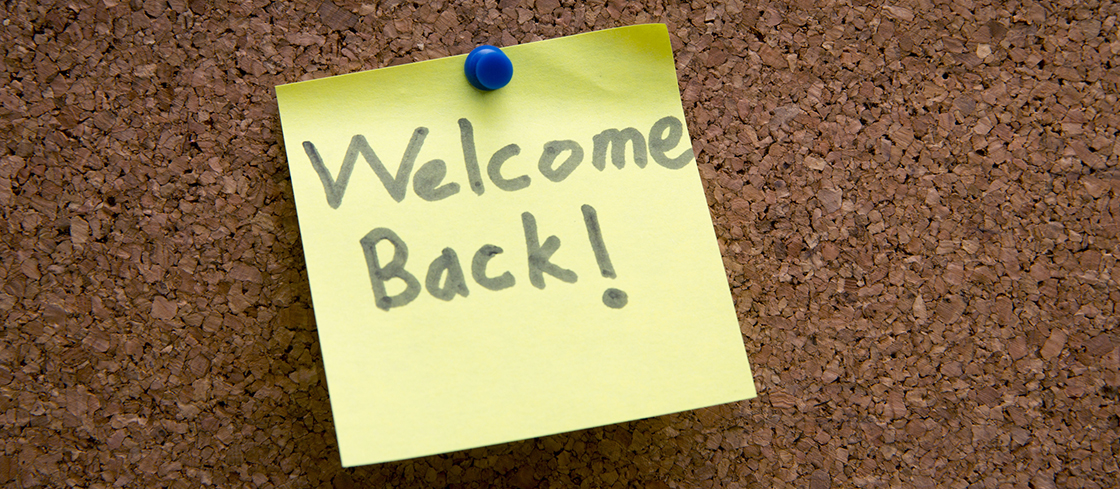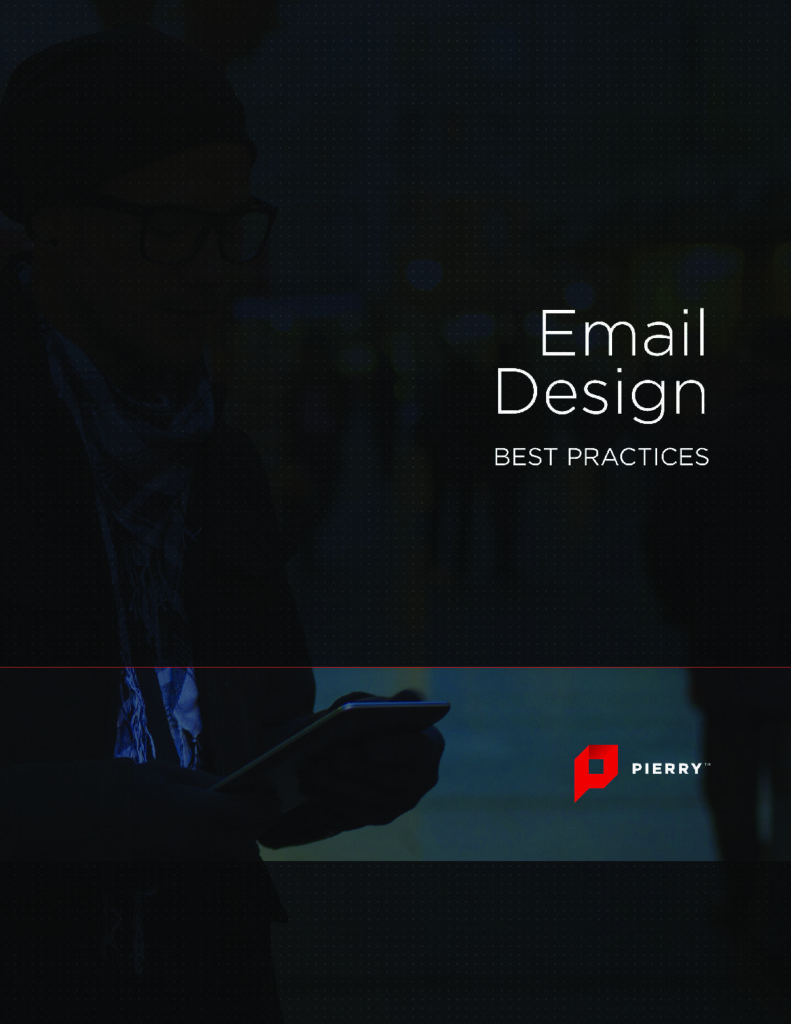 Every brand likes watching their subscriber list grow. Why? Well, that’s a great question that not many stop to ask. Really, the only reason we get excited when we see our subscriber numbers climb day-to-day and month-to-month is because, in marketing, bigger numbers are better. Except when they’re not…
Every brand likes watching their subscriber list grow. Why? Well, that’s a great question that not many stop to ask. Really, the only reason we get excited when we see our subscriber numbers climb day-to-day and month-to-month is because, in marketing, bigger numbers are better. Except when they’re not…
Yes, you ideally want to see your subscriber numbers steadily increase. But what’s more important than subscriber growth is the number of engaged subscribers. These are the subscribers who are opening, clicking, and converting from your email; these are the subscribers who are truly invested in your email campaigns.
Unfortunately, these subscribers likely make up less of your list than you thought.
According to research from Silverpop, nearly 60% of subscribers on any given list are considered inactive, meaning they haven’t opened or clicked any email in at least 12 months. In some cases, they may have never interacted with a single email you’ve ever sent them, which was exactly the case for a popular Consumer Package Goods (CPG) brand we recently worked with.
With a subscriber list of more than 1.2 million, the open rates on their monthly newsletter barely made it above 10% on any given month. Why? Nearly 800,000, or 68%, of their subscribers never engaged with a single email sent. And because this client had never executed a re-engagement campaign before, there’s no wonder why the percentage of unengaged subscribers was so high.
What is a Re-Engagement Campaign?
Just as the name suggests, a re-engagement campaign is meant to help re-engage your subscribers. It works by sending a tailored message specific to those subscribers you have deemed inactive, with a goal of getting them to interact with your campaign in a way that encourages them to be active with your emails again.
While strategies will vary, you generally want to include the following in your re-engagement campaigns:
• A special offer or promotion
• The option to re-subscribe or unsubscribe
• The ability for subscribers to update email preferences
• A glimpse at what subscribers have been missing by not opening your messages
As a best practice, we recommend sending a series of 2-3 re-engagement messages over the period of a month. Each message should have a slightly different subject line as different messaging will appeal to different subscribers.
If a user does not engage with any of the messages in this series, or does not follow the steps required to consider them active, remove them from your subscriber list. Keep in mind, you don’t have to completely delete them. Just move them to a list with other inactive subscribers. You may find a reason to email them again in the future. (Note: Inactive is very different than unsubscribed. Anyone who actively unsubscribes from your list should never be sent additional messages.)
Making the Case for a Re-Engagement Campaign
Needless to say, our CPG client was hesitant to think that their total subscriber numbers could be cut in half as a result of the re-engagement campaign’s performance (and this is generally the reception you’ll receive when recommending a re-engagement campaign). So we focused on the benefits that come from this type of series:
1. You’ll have a more accurate view of your subscribers. Active subscribers are active for a reason. There’s something you’re delivering to them that resonates and gets them to keep coming back. By focusing on those active subscribers and how they’re engaging, you’ll better understand your audience and their needs.
2. You’ll gain a better understanding of when subscribers disengage. Regularly performing a re-engagement campaign forces you to continue to look at things like the subscriber lifecycles. When are your subscribers initially disengaging? Is it after one email, two emails, five emails? Discovering trends among your inactive subscribers can lead to a lot more questions around why those trends are occurring.
3. You’ll vastly improve your ROI. Every individual email you send comes with a cost. By no longer paying to send to subscribers who are disengaged, you’ll see a truer picture of your ROI.
And keep in mind, you should make re-engagement campaigns a regular part of your email marketing strategy, particularly if you notice that while your subscriber numbers are quickly increasing, your open rates are falling. We often recommend clients examine their inactive users twice a year, and to run a re-engagement campaign at least once per year.
Remember, Not All Inactive Subscribers Remain Inactive.
The point of a re-engagement campaign isn’t just about clearing away those inactive subscribers. While that’s a big, important part of it, these types of campaigns should also work to move subscribers from inactive to active.
In the case of our CPG client, nearly 80,000 subscribers became re-engaged as a result of their first re-engagement campaign. And remember, these are subscribers who never opened a single email from them since initially subscribing. In addition, our client generated $1,000 in revenue based on the call to action from these subscribers that had once been completely disengaged.
The Final Results
Following the re-engagement campaign, our CPG client saw their unengaged subscriber list decrease from around 800,000 to 730,000. And this decrease lead to some impressive increases elsewhere. In just one month, their open rate increased by 100%, taking them to a nearly 20% open rate.
Of course, the loss in subscriber numbers is a bitter pill to swallow. After all, we want all of our subscribers to be actively engaged with each message we send. But in reality, we learn more from the engagement of active subscribers than we ever will from the number dictating our total number of opt-ins.
 Our Email Design Best Practices Guide will show you…
Our Email Design Best Practices Guide will show you…


 Every brand likes watching their subscriber list grow. Why? Well, that’s a great question that not many stop to ask. Really, the only reason we get excited when we see our subscriber numbers climb day-to-day and month-to-month is because, in marketing, bigger numbers are better. Except when they’re not…
Every brand likes watching their subscriber list grow. Why? Well, that’s a great question that not many stop to ask. Really, the only reason we get excited when we see our subscriber numbers climb day-to-day and month-to-month is because, in marketing, bigger numbers are better. Except when they’re not…
 The moment of truth has arrived. Your deployment went smoothly, the artwork was enticing, and now you are ready to see your results. You have followed all the email best practices and so your metrics should all be good. You scan the results and see successful open rates. Your click-throughs are double digits and your deliverability is as close to 100% as it gets. Then you see it—the unsubscribes. The number isn’t significantly high, but your heart sinks. After all your time and effort, people still do not want to receive your communications. And while understandably disheartening, unsubscribe requests are not necessarily a bad thing. In fact, there are multiple reasons you actually want people to unsubscribe.
The moment of truth has arrived. Your deployment went smoothly, the artwork was enticing, and now you are ready to see your results. You have followed all the email best practices and so your metrics should all be good. You scan the results and see successful open rates. Your click-throughs are double digits and your deliverability is as close to 100% as it gets. Then you see it—the unsubscribes. The number isn’t significantly high, but your heart sinks. After all your time and effort, people still do not want to receive your communications. And while understandably disheartening, unsubscribe requests are not necessarily a bad thing. In fact, there are multiple reasons you actually want people to unsubscribe.